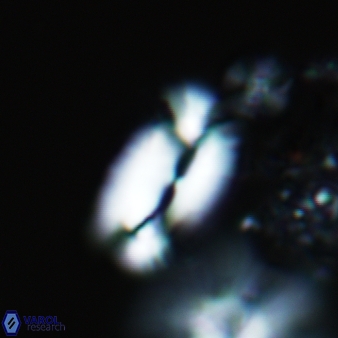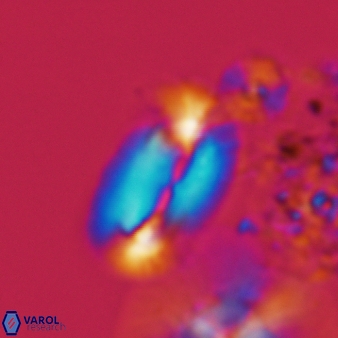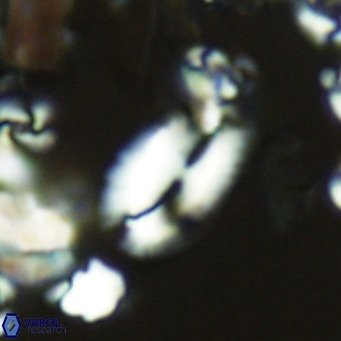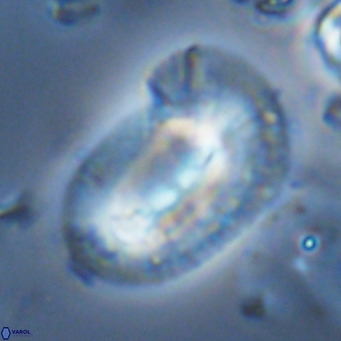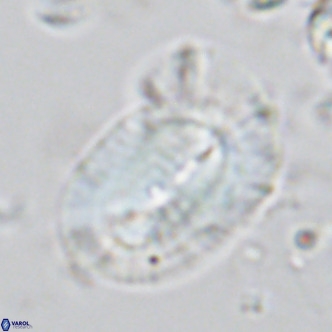Helicosphaera epimikeisporous
Set number: 1446
-
1
-
2
-
3
-
4
-
5
-
6
-
7
-
8
-
9
-
10
-
11
-
12
10µm
Set number: 1447
-
1
-
2
-
3
-
4
-
5
-
6
-
7
-
8
-
9
-
10
-
11
10µm
Set number: 1449
-
1
-
2
-
3
-
4
-
5
-
6
-
7
-
8
-
9
-
10
-
11
-
12
10µm
Set number: 1450
-
1
-
2
-
3
-
4
-
5
-
6
-
7
-
8
-
9
-
10
-
11
-
12
-
13
-
14
-
15
-
16
10µm
Set number: 1267
-
1
-
2
-
3
-
4
-
5
-
6
-
7
-
8
-
9
-
10
-
11
-
12
-
13
-
14
-
15
-
16
10µm
Set number: 1266
-
1
-
2
-
3
-
4
-
5
-
6
-
7
-
8
-
9
-
10
-
11
-
12
10µm
Set number: 1265
-
1
-
2
-
3
-
4
-
5
-
6
-
7
-
8
-
9
-
10
-
11
-
12
10µm
Set number: 1264
-
1
-
2
-
3
-
4
-
5
-
6
-
7
-
8
-
9
-
10
-
11
-
12
10µm
Set number: 1263
-
1
-
2
-
3
-
4
-
5
-
6
-
7
-
8
-
9
-
10
-
11
-
12
10µm
Set number: 1268
-
1
-
2
-
3
-
4
Fig. 1 Middle Miocene, Antakya, Hatay, Turkey, 8.2µm;
Fig. 2 Middle Miocene, Malta, 6.5µm;
Fig.3 Middle Miocene, Antakya, Hatay, Turkey, 7.3µm
Fig.4 Extant, Jason Bay, The South China Sea, 10.84µm
Helicosphaera epimikeisporous Varol, 2025
A helicolith characterised by a Type III (Helicosphaera carteri type) blanket, an expanded flange termination, and a proximal plate with two large elongated pores arranged along the long axis of the coccolith.
The species name epimikeisporous is derived from the Greek epimikeis, meaning “elongated,” and porous, meaning “pores,” referring to the two elongated pores in the central area.
Optical Properties: Helicosphaera epimikeisporous exhibits inclined extinction angles of about 52° on the blanket on the distal side and shows length-fast (−) elongation.
Helicosphaera epimikeisporous is distinguished from Helicosphaera carteri and Helicosphaera kamptneri by the elongated shape of its pores in the proximal plate. In contrast, Helicosphaera carteri possesses semi-circular pores, while Helicosphaera kamptneri has tiny, barely visible pores.
Varol, O. 2025a. A practical guide to optical studies of calcareous nannofossils. Grzybowski Foundation Special Publication. 29: 1-222
